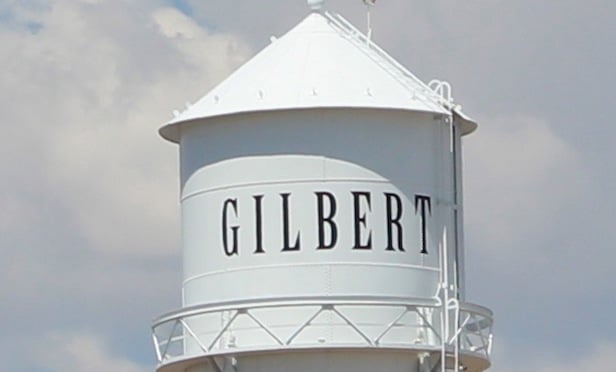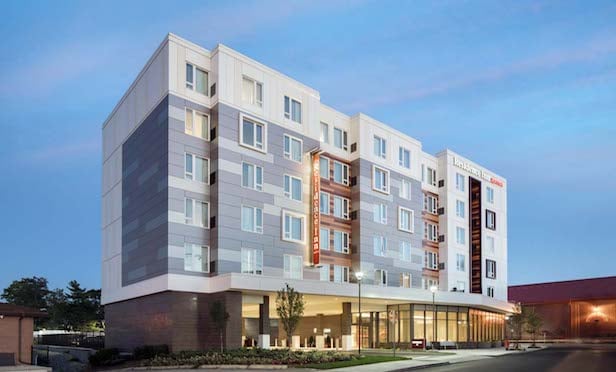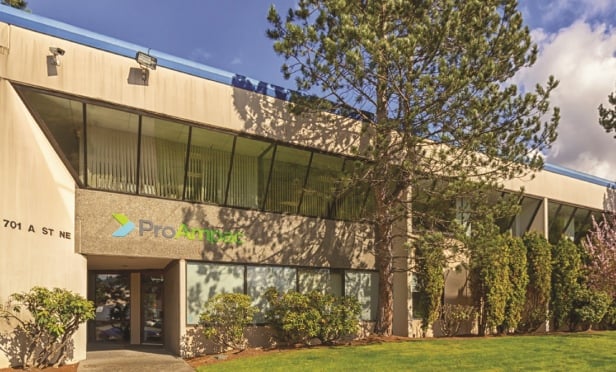LOS ANGELES—It's not news that small owner-user buildings throughout Los Angeles are in short supply, propelling higher and higher demand for this class of commercial real estate in Central LA and surrounding submarkets. What is worth noting, however, is that this already in-demand product may soon skyrocket in the wake of the Fed's recently announced short-term interest rate increases.
Earlier this year, the Fed announced plans to raise interest rates in the spring of 2015, and just this month, comments released from the Federal Open Market Committee suggested that the Fed will be moving up the timing of their planned rate hike to combat inflation.
With this forthcoming rise, tenants and investors alike are feeling a greater urgency to buy up commercial properties while they can take advantage of low interest rates. Further, now that SBA lending is back in full swing, tenants are showing more interest in securing ownership of smaller buildings before the cost of doing so increases.
Given market supply–and a now-increased incentive to purchase–there are several obstacles preventing buyers from acquiring property for their own use. These obstacles include:
Low, fixer-upper supply. With very little owner-user supply on the market, the few properties that are available have been considerably picked over, and may need considerable work. Even with looming interest rate hikes, the potential improvements needed may still deter owners from investing in what few properties they can find.
Land value outweighs existing improvement value. Developers and redevelopers are flocking to LA, and much of the small building inventory has been and continues to be demolished for construction of larger developments. Developers with ready cash see more site value in ground-up building than improving what already exists. This trend is already evident in my own business, where the commercial structures in two of my current listings won't exist a year from now and won't be replaced. This situation isn't unique, and is happening in all high-density submarkets in Southern California.
Disappearing surface lots. Similarly, surface parking lots—mostly for office buildings in areas like Downtown, Hollywood, and the Wilshire corridor—are being developed to make way for large multifamily, office, and mixed-use developments. This not only limits the number of potential sites for the construction of new commercial buildings, but also eliminates parking solutions for the smaller commercial buildings that surround them.
Misaligned lending/market prices. Even for smaller users who find a property which meets their needs and justifies future improvement, lending challenges are imminent. Lending requirements and appraisal valuations aren't completely aligned with current market prices; creating problems for traditional borrowers and further tipping the balance in favor of developers and investors.
These challenges, combined with the impending interest rate rise, place smaller users in a difficult position if they choose to remain in Los Angeles. Demand is mostly concentrated on office and industrial buildings and continues to be pushed higher by increasing rental rates in both sectors. Because there are no indicators of a forthcoming decrease in rental rates any time soon, we can expect demand to remain high for the next several years as interest rates inevitably increase and smaller, owner-user building supply continues to tighten up.
As senior managing director in the Downtown Los Angeles office of Charles Dunn Co., Chris Runyen specializes in sales and leasing of office property in the Wilshire, and Downtown markets of Los Angeles. The views expressed in this column are the author's own.
© Touchpoint Markets, All Rights Reserved. Request academic re-use from www.copyright.com. All other uses, submit a request to [email protected]. For more inforrmation visit Asset & Logo Licensing.






